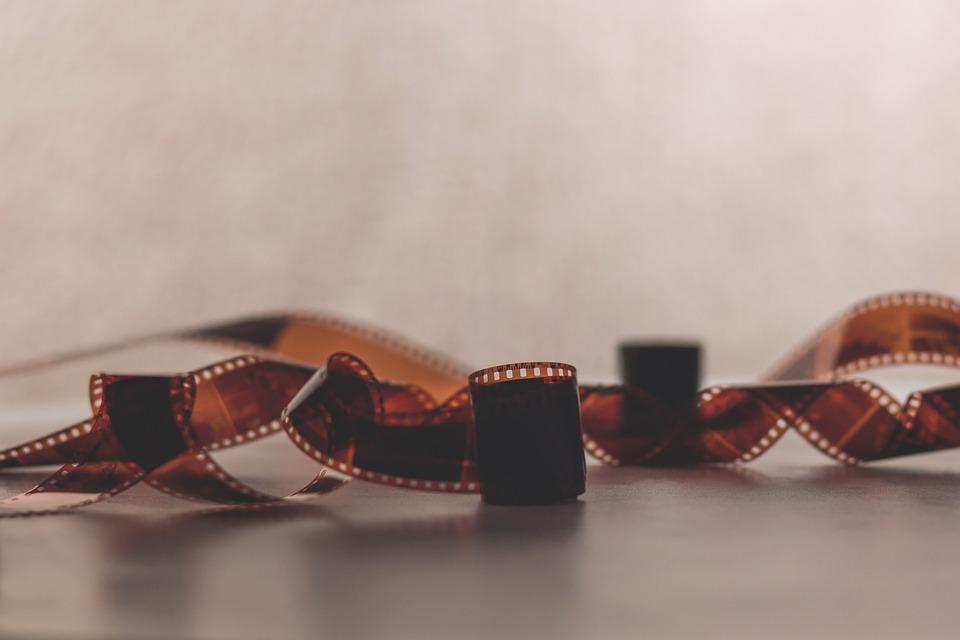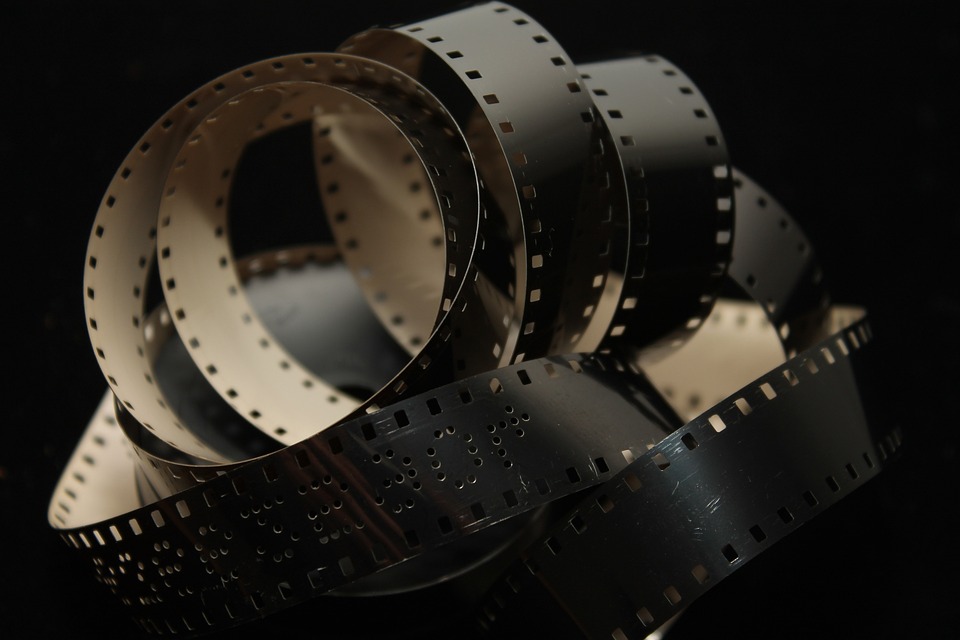What is Voir Dire?
Voir dire is a process in which potential jurors are questioned by the attorneys and the judge to determine if they are fit to serve on a jury for a particular trial. This process is crucial in ensuring that the jurors selected are fair and impartial, and can make decisions based on the evidence presented in court.
The Purpose of Voir Dire
The main purpose of voir dire is to select a jury that is unbiased and capable of reaching a fair verdict based on the facts of the case. This process helps to ensure that both the prosecution and the defense have a fair and impartial jury to hear their case.
How Voir Dire Works
During voir dire, the attorneys and the judge will ask potential jurors a series of questions to determine their suitability to serve on the jury. These questions may include inquiries about the jurors’ background, beliefs, and experiences that may affect their ability to be impartial.
Challenges in Voir Dire
One of the challenges in voir dire is that potential jurors may not always be honest or forthcoming during the questioning process. Attorneys must carefully evaluate each juror’s responses and body language to determine if they are being truthful and impartial.
The Role of Social Science in Voir Dire
Social science plays a crucial role in voir dire, as studies have shown that certain demographic factors such as race, gender, and age can influence a juror’s decision-making process. Attorneys may use this information to help select jurors who are more likely to be sympathetic to their case.
The Selection Process
Creating a Jury Pool
Before voir dire begins, a pool of potential jurors is selected at random from the community in which the trial is taking place. This jury pool is then brought into the courtroom, where the selection process begins.
Challenges for Cause
During voir dire, attorneys may challenge potential jurors for cause if they believe that the juror is biased or unable to be impartial. These challenges must be supported by evidence, and the judge will ultimately decide if the juror should be dismissed.
Peremptory Challenges
In addition to challenges for cause, attorneys also have a limited number of peremptory challenges, which allow them to dismiss potential jurors without providing a reason. These challenges are often used strategically to help shape the composition of the jury.
Striking a Balance
The selection process in voir dire is a delicate balance between ensuring that the jury is fair and impartial, while also allowing both the prosecution and the defense to have a say in who sits on the jury. Attorneys must carefully consider each potential juror’s responses and background to make informed decisions during jury selection.
The Impact of Technology on Voir Dire
Virtual Jury Selection
With the advancement of technology, some courts have begun to conduct voir dire virtually, using video conferencing software to question potential jurors. This can help streamline the selection process and ensure social distancing in the courtroom.
Data Analysis
Another way technology has impacted voir dire is through data analysis. Attorneys may use algorithms and data analysis tools to help predict how potential jurors may respond to certain evidence or arguments, allowing them to more effectively select jurors who are likely to be sympathetic to their case.
Challenges of Virtual Voir Dire
While virtual jury selection can offer many benefits, there are also challenges to consider. For example, it may be more difficult to assess a juror’s body language or demeanor through a video conference, making it harder to determine if they are being truthful or impartial.
Conclusion
Voir dire is a critical part of the jury selection process, ensuring that both the prosecution and the defense have a fair and impartial jury to hear their case. By using social science, technology, and careful evaluation, attorneys can select jurors who are more likely to be sympathetic to their case and reach a fair verdict based on the evidence presented in court.



